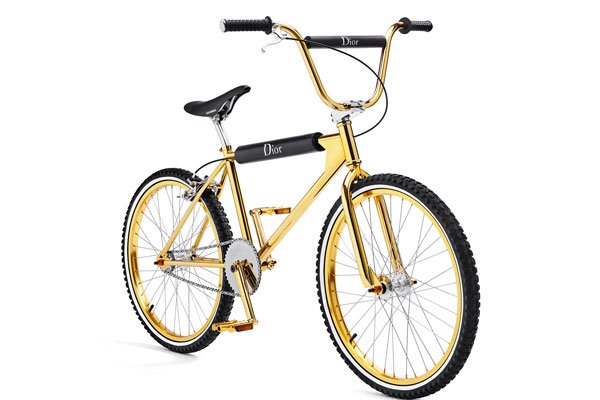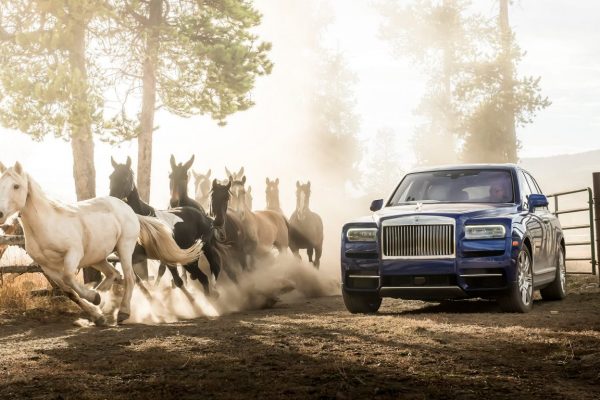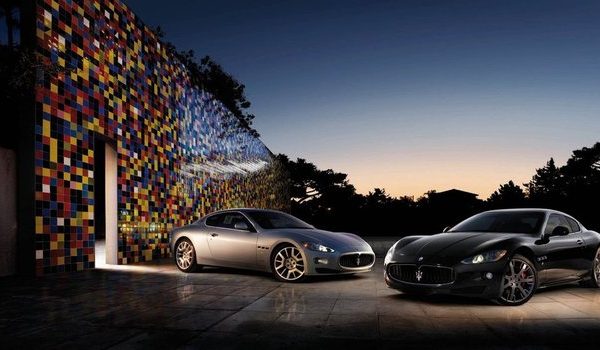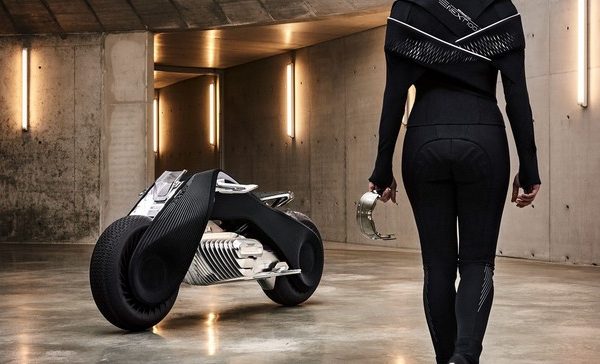
The Lamborghini Miura upstaged the Monaco Grand Prix itself back in May 1966 when on the night before the race, Ferruccio Lamborghini parked his prototype show car in front of the Casino de Monte-Carlo, drawing throngs as he revved the V-12 engine that would come to define the Marque of the Raging Bull. First unveiled two months earlier at the 36th Salon Automobile de Geneve, the Miura’s svelte bodywork showed a unique adaptation of Lamborghini’s original V-12 power plant commissioned from former Ferrari engineer Giotto Bizzarrini. It is now mounted sideways behind driver and passenger and topped with four fuel- and air-gulping Weber carburetors, the 4-liter, four-cam engine made sublime music, with mechanical noises and an exhaust note—stentorian and mellifluous, unlike Ferrari’s edgy wail—announcing that Lamborghini was a marque destined for greatness.
The chassis, first exhibited at the Salon d’Automobili in Turin early in 1965, was the creation of factory engineers Giampaolo Dallara and Paolo Stanzani, and decreed the sporting supremacy of a mid-engine layout. The sensuous body, made in Turin by coachbuilder Nuccio Bertone, was the styling masterpiece of a young Marcello Gandini, who went on to design Lamborghini’s fabled Countach. Even Ing. Lamborghini could not have predicted at the time of its launch that the Miura would remain as significant and seductive an automobile as when it first stunned jaded casino gamblers 50 years ago.

Named after Don Eduardo Miura, the Spanish breeder of fighting bulls and a friend of Ferruccio Lamborghini, three generations of Miura were built between 1966 and 1973. Miuraphiles can recite the evolution of countless incremental changes, allowing for a near-infinite variation of attributes and sometimes making clear separation of the three generations less than straightforward.

Generally accepted is that about 763 Miuras were built from 1966 (two built) until 1973 (just one). Two hundred seventy-five examples of the original P400 Miura (“P” for Posteriore and 400 for four liters) were built from 1966 until 1969, followed by about 338 examples of the P400S, built from December 1968 until March 1971. The “S” version, most readily distinguished by chrome window trim, developed about 10 more hp (up from about 350 made by a perfectly-tuned P400) and featured numerous detail changes inside and out. The final and most valuable iteration is the P400SV, of which about 150 were manufactured between 1971 and 1973. In addition to a more powerful, 380 hp engine, the final 96 SVs featured a split-sump engine case. By separating the crankcase from the transmission, oil contaminated with metal shavings caused by errant gear shifts could not affect engine internals. Outwardly, the SV had a wider stance, with fender flares covering 9-inch wide rear tires. Importantly, a redesigned rear suspension markedly improved handling, and aesthetically, new, larger taillights and the loss of headlight “eyelashes” on the pop-up headlamp surrounds set the SV apart.
Just as young Dallara, Stanzani, and Bob Wallace (a test driver and development engineer for Lamborghini) were perfecting the Miura SV to become a world-class sports car with the handling, manners, and refinement to match its brutal performance and unequalled looks, Bertone unleashed the LP500 Countach prototype—another brilliant Gandini creation—and the Miura was all of a sudden relegated to history. In hindsight, all three have remarked that the Miura had years of life and customer orders left in the SV, but progress demanded that Lamborghini, maker of trendsetting supercars, once again define the future with an even more radical design.
In the intervening years since the last one rolled off the line, Miuras have gone from being cantankerous period curiosities to prized collector showpieces. Purists prefer the aesthetics of the SV’s predecessors; investors will prefer the higher value of an original or well-restored SV. Today, plan to spend more than $700,000 for a beaten P400 to as much as $2.5 million for a perfect SV.
To get your Lamborghini Miura now check out the Automobiles Collections or Contact us at the www.onceoff.com/membership.







